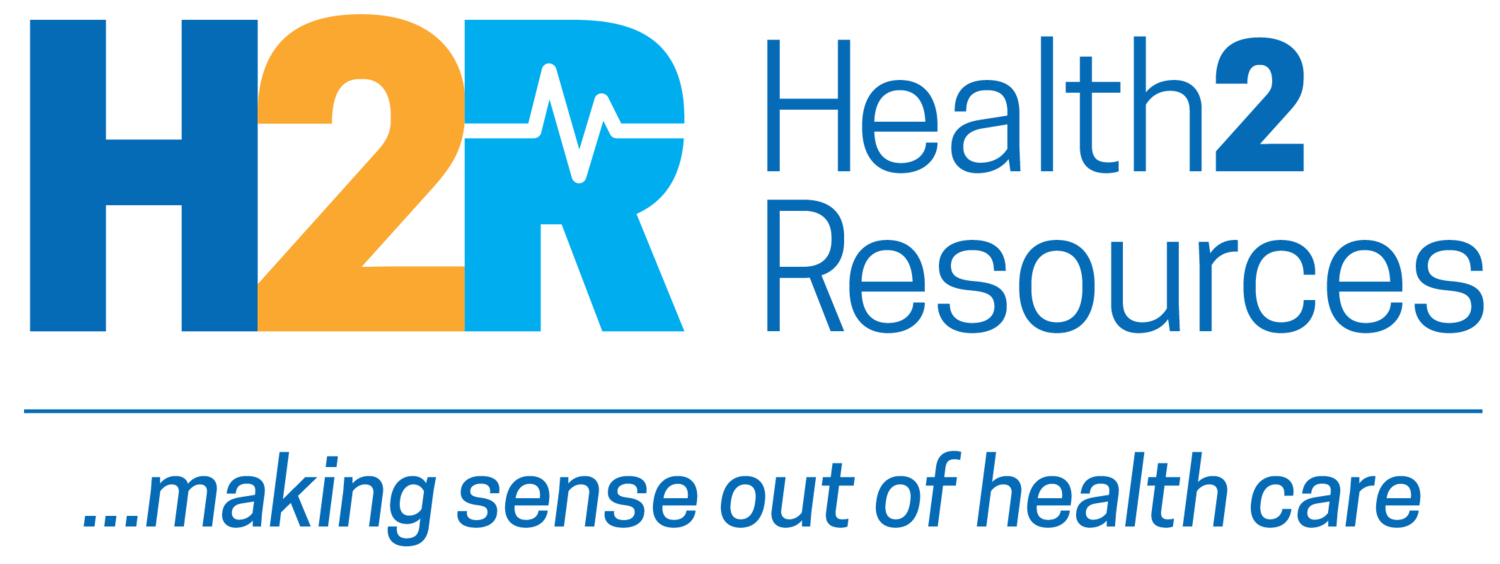September 17, 2020 | 24/7 home care?
INDUSTRY NEWS
When New Mexico Health Connections shuts down at the end of the year, only three of 23 nonprofit health insurance co-ops will remain. Seen as a way to boost competition and hold down prices on the ACA exchanges, the co-ops had more than 1 million people enrolled in 26 states at their peak in 2015. Today, they cover about 128,000 people, just 1% of the 11 million Obamacare enrollees who get coverage through the exchanges. Co-ops struggled to compete with established carriers, which already had more money and recognized brands, Kaiser Health News reports. (KHN)
INNOVATION & TRANSFORMATION
An erosion of value-based care?
Both CMS and providers are using COVID-19 as an excuse to cut back on experiments in value-based care, writes Modern Healthcare editor Emeritus Merrill Goozner. But it’s not too late to change direction, he says. CMS could offer full capitation payments to ACOs in exchange for forgiving loans made during the pandemic or offer transition grants to primary care practices willing to take on full financial risk. “Failing to act will not end existing value-based reimbursement programs. But it will ensure they never become anything more than curiosities in a largely fee-for-service world.” (Modern Healthcare*)
FCC moves forward on rural telehealth
The Connected Care Pilot Program, a $100 million initiative to improve access to telehealth for low-income Americans and veterans—especially in rural areas—will soon begin accepting applications, according to the FCC. The FCC hasn’t set a start date, but it said grants would cover 85% of connectivity costs. The program was first announced in 2019. (mHealth Intelligence)
CONSUMERS & PROVIDERS
Rural areas face emergency medicine crisis
It’s not just a physician shortage; it’s maldistribution, according to research published recently in the Annals of Emergency Medicine. More than 90% of emergency physicians practice in urban areas, and the density of rural emergency physicians has decreased over the past decade, the study shows. Without action, this will only grow worse because of the aging emergency medicine workforce. (HealthLeaders Media; Annals of Emergency Medicine)
The villain of the pandemic, personified
Meet “Rona,” the star of a Michigan ad campaign intended to convince young adults to change their behaviors to curb spread of the coronavirus. Regroup, a brand communication firm, hopes to develop a strategy that would connect with millennials. Rona was conceived as an advertising character who could be depicted as the invisible public health threat. “We wanted to make Rona the common enemy,” said Lisa Richardson, senior vice president of Regroup “We’ve been giving [people] something new to hate." (Modern Healthcare*; images from ad campaign)
Partnership provides 24/7 home care to high-risk elders
Aetna is partnering with WellBe Senior Medical that provides at-home primary care services to about 10,000 high-risk seniors, Healthcare Dive reports. The program launched in July and is—so far—available only in the Atlanta and Chicago metro areas. Eligible seniors have access to at-home care 24/7. Aetna assigns eligible high-risk patients to WellBe, which is then responsible for managing their care and receives capitated payments from Aetna. (Healthcare Dive)
NEW & NOTED
International reference pricing: President Trump signed an executive order on Sunday that aims to reduce the cost of prescription drugs for Medicare enrollees by tying Medicare payments for outpatient and pharmacy drugs to the lowest price offered in other, comparable countries. PhRMA has already registered its opposition. (Politico; Wall Street Journal)
Medicaid, ACA and the pandemic: Change Healthcare released a white paper last month, “Pandemic-Driven Medicaid and ACA Expansion: Impacts and Considerations for Payers.” It outlines changes in Medicaid and ACA member populations and explores the potential financial consequences of the pandemic on payers. mcolBlog summarizes it in six key takeaways. (mcolBlog; white paper)
Rethink dining out? Adults who tested positive for COVID-19 were approximately twice as likely to have reported dining at a restaurant in the 14 days before becoming ill than those who tested negative, according to a CDC study published last week in Morbidity and Mortality Weekly Report. (CNN; CDC)
MULTI-MEDIA
“Slaying the fee-for-service monster”
A recent episode of Hidden Brain, “Slaying The 'Fee-for-Service Monster' Of American Healthcare,” explores why the U.S. spends trillions on health care annually but ends up with outcomes worse than those of other countries that spend less money. Physician and health care executive Vivian Lee explains the psychological and economic incentives embedded in the current model of medicine and makes the case for a different way forward. Lee is the author of "The Long Fix: Solving America's Health Care Crisis With Strategies That Work For Everyone," president of health platforms at Verily Life Sciences and a senior lecturer at Harvard Medical School. (Hidden Brain)
MARKETVOICES...QUOTES WORTH READING
“Most providers still have both feet firmly planted on the fee-for-service dock. Their ACOs remain little more than experiments—toy sailboats adrift in what now has become a turbulent sea.”—Modern Healthcare Editor Emeritus Merrill Goozner, writing in Modern Healthcare*
